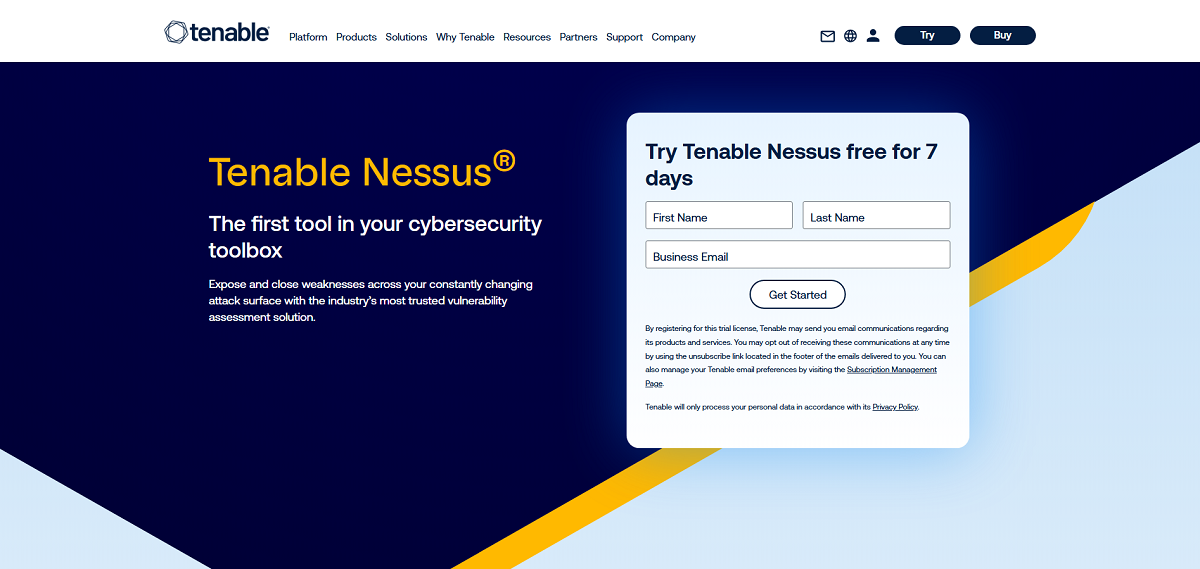Google’s red team is a specialized security unit that proactively simulates cyberattacks to uncover vulnerabilities in Google’s infrastructure, helping to fortify defenses before malicious actors can exploit weaknesses.
Fergal Glynn

Manual penetration testing has its time and place. However, in an era of increasingly sophisticated cyber attacks, organizations need more robust tools to pinpoint potential threats, especially in their artificial intelligence (AI) solutions.
Traditional penetration testing can’t keep up with the volume and complexity of today’s threats. To better manage today’s complex threat landscape, more businesses are investing in AI penetration testing tools.
Pentesting tools designed specifically for AI can help prevent dangerous inputs and protect the user experience. By combining artificial intelligence with security testing techniques, these tools can automate vulnerability detection, predict potential attack paths, and even adapt to evolving threats in real time.
In this guide, we’ll share the top ten pentesting tools to bolster your organization’s defenses and stay one step ahead of cybercriminals.

When selecting pentesting tools for AI platforms, focus on features that address vulnerabilities in large language models (LLMs) and generative AI solutions. Adversarial testing is essential for generating adversarial examples to assess model robustness against evasion and poisoning attacks.
Model explainability and interpretability are essential for understanding how AI models make decisions and detecting potential biases or unexpected behaviors.
Data integrity and poisoning detection are also important for identifying manipulated datasets that could compromise decision-making.
Model extraction and theft detection are crucial for preventing unauthorized reconstruction of proprietary models, particularly against threats like model leeching, where attackers extract knowledge through carefully crafted queries.
To counter this, tools should implement defenses such as rate limiting, query monitoring, and adversarial robustness evaluation, along with strategies to detect suspicious querying patterns.
For AI platforms relying on APIs, security testing should uncover authentication flaws, input validation weaknesses, and unauthorized access risks. Beyond model testing, runtime and behavioral analysis help monitor AI behavior under attack and detect anomalies during execution.
In addition, look for AI pentesting tools that offer logging, reporting, and compliance features. These capabilities help ensure thorough documentation and adherence to regulations like GDPR, HIPAA, and the NIST AI Risk Management Framework.
Now, let’s explore the top 10 AI pentesting tools.

The Burp Suite is a popular solution that offers hands-on web security testing, automated DAST scanning, and CI-driven DAST scanning. Powered by PortSwigger Research, Burp gives you access to the latest insights in pentesting.
With Burp Suite, you can map attack surfaces, leverage automation features to identify vulnerabilities, and centralize all logs in a single data source.

Wireshark is primarily a network protocol analysis tool. It runs on all platforms and offers live data feeds in multiple formats depending on your platform. Wireshark constantly updates its protocols, so you can rest assured that you’re testing with the latest best practices.
Wireshark can support security testing by capturing and analyzing network traffic, particularly for AI applications that rely on cloud APIs or external services. It’s useful for spotting vulnerabilities such as sensitive data leaks, unencrypted traffic, or misconfigured API calls, and can help identify network-based adversarial attacks.
However, its capabilities are limited to network-layer analysis and don’t extend to testing the AI model itself—such as detecting model bias, performing adversarial testing, or analyzing offline models. Wireshark is best used as part of a broader AI security strategy when network communication is involved.

Mindgard’s AI pentesting tool puts red teaming on autopilot, helping organizations plan for advanced attacks. Mindgard’s Offensive Security solution identifies and fixes AI risks that human testers might otherwise miss.
Mindgard’s MITRE ATLAS™ Adviser provides structured AI security testing based on the MITRE ATLAS™ framework. It helps organizations systematically assess AI vulnerabilities, simulate real-world attacks, and enhance security through standardized adversarial testing techniques.
Plus, our solution continuously tests for potential weaknesses, ensuring your AI model is never unprotected. See Mindgard in action: Book a demo to view our Offensive Security solution in action.

Metasploit is a popular open-source penetration testing framework. It offers a free version as well as a commercially supported version that’s designed specifically for pentesters.
However, many testers find value in the free framework, which provides in-depth checklists for pentesting everything from basic attack payloads to its Meterpreter advanced payload.

While it may look outdated, Nmap is still a valuable open-source AI pentesting tool for network scanning and security auditing. It lacks the depth of AI model attacks of commercially available pentesting tools like Mindgard, but it does allow you to prioritize vulnerabilities based on risk level.

In addition to AI and machine learning (ML) pentesting, NetSPI offers cloud pentesting, SaaS assessments, and application pentesting. This paid tool is suited for both off-the-shelf AI solutions as well as custom large language models (LLMs).

Garak is a specialized vulnerability scanner for LLMs. This open-source solution works with your LLM to find security vulnerabilities through various plugins and hundreds of probes. After it runs, the AI pentesting tool reports everything it found and how to fix it.

PyRIT focuses on cracking wifi passwords using AI-driven brute-force and dictionary attacks. While it uses AI to test network security, you can also use PyRIT to identify risks in your generative AI solution.
If you’re worried about your model generating harmful content, PyRIT will identify potential issues long before users interact with it.

Nessus is a solution from Tenable that covers not just AI models, but your entire IT infrastructure. This paid solution includes the option for scanning web applications, the cloud, and external attack surfaces.
Nessus also leverages AI to spot potential exploit paths based on historical data and machine learning.

True to its name, PentestGPT is a pentesting chatbot with a user interface similar to ChatGPT. This AI-powered assistant helps with pentesting by using natural language processing to automate vulnerability assessments and suggest exploit paths based on input commands.
LLMs, chatbots, and ML models are the future of business, but they come with the potential for more cyber attacks. These top ten AI pentesting tools are the future of security, combining automation, machine learning, and intelligent threat detection to safeguard your digital assets.
While there are many solutions on the market, Mindgard is the gold standard of AI pentesting. With our ability to uncover zero-day vulnerabilities and adapt to emerging threats, Mindgard fortifies your defenses automatically. Book a Mindgard demo now to keep your AI models secure.
No. While AI-powered tools excel at automating repetitive tasks, they still lack the intuition and contextual understanding of human penetration testers.
The best approach combines AI tools with human expertise to conduct deeper, more holistic penetration tests.
Most AI pentesting tools are very accurate because they can learn from extensive datasets and adapt to new threats. However, accuracy varies based on the AI’s algorithm and training data.
Security teams can improve the accuracy of AI pentesting tools by verifying results and manually updating their systems.
AI-driven pentesting tools are accessible to businesses of all sizes. Many providers offer scalable solutions, including affordable packages for small businesses.
AI’s automation capabilities can benefit smaller teams with limited resources by streamlining vulnerability management and effectively prioritizing risks.